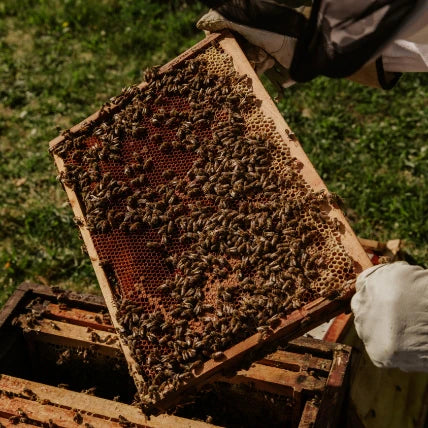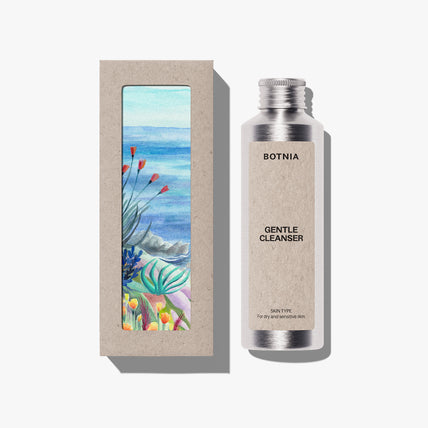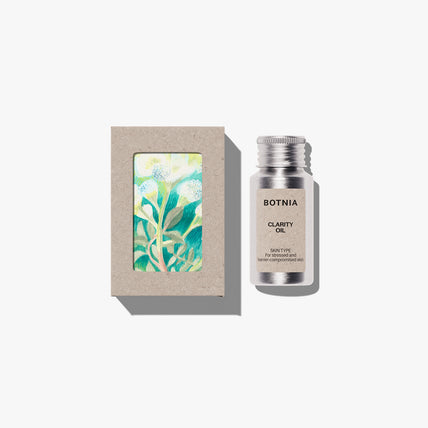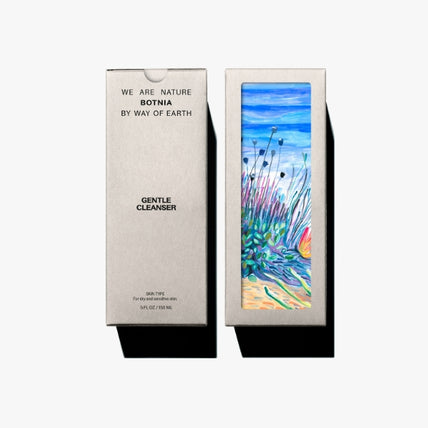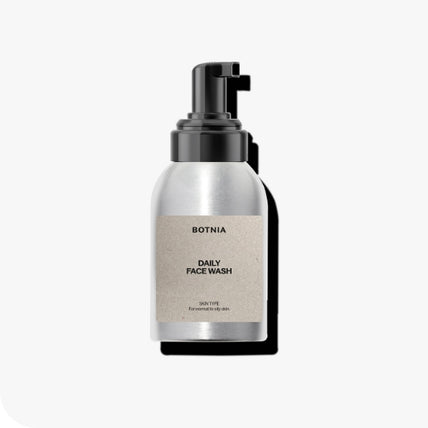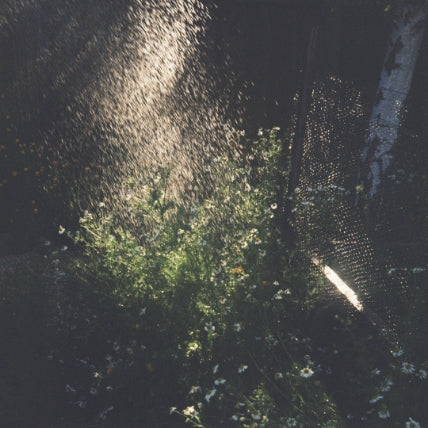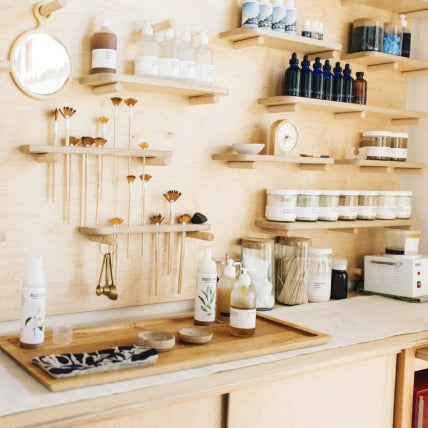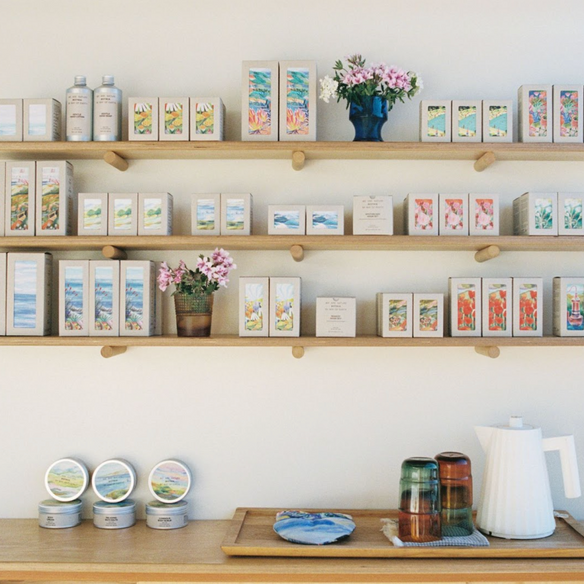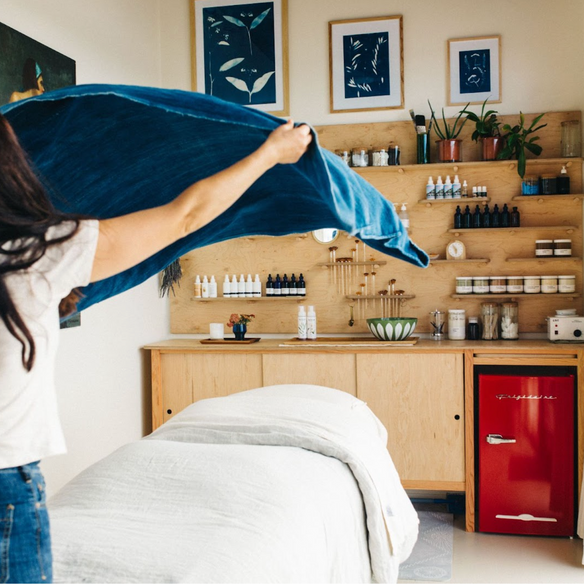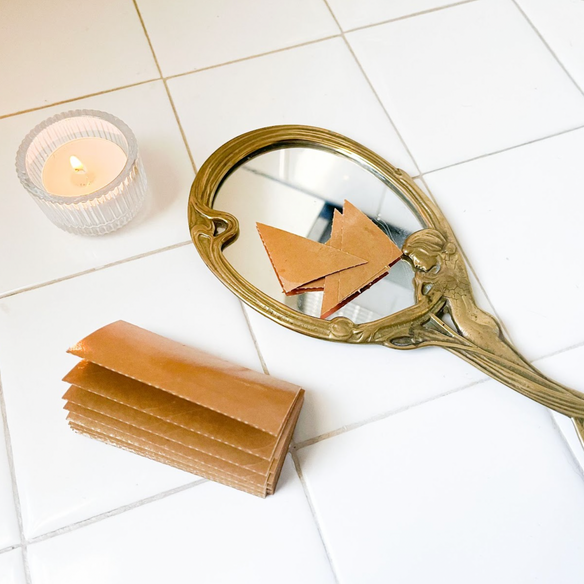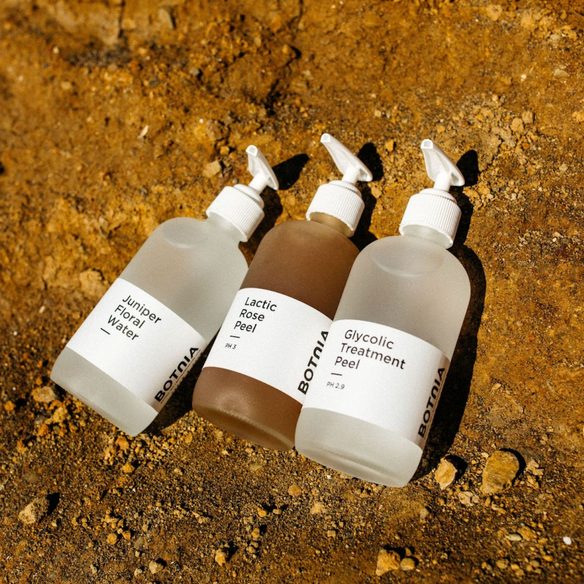
Finding Relief for Itchy, Dry, Eczema-Prone Skin Using Botnia Skincare
Big *virtual* hugs to anyone who deals with eczema. We understand the pain associated with this skin condition; when diagnosed with facial eczema, it can feel downright miserable. We want you to know that you’re not alone. According to Nationaleczema.org, 31.6 million people (10.1%) in the U.S. have some form of eczema, with a high percentage of people experiencing it in early childhood. While eczema can show up almost anywhere on the body, it’s much harder to hide behind clothing if you have a flare-up on your face. We’re sharing how we topically treat eczema using plant-based Botnia products and tips for holistic ways to reduce flare-ups.
What is eczema?
The terms used to diagnose this skin condition can be the most confusing part of identifying eczema. Dermatitis and eczema are interchangeable terms, but we like to differentiate them because they have different outcomes for how we treat them. Dermatitis is a condition that’s in a temporary state. Eczema tends to be a condition that takes much longer to heal since there’s usually a systemic issue, and for some, it can be fully resolved if you’ve had it from childhood. You might see these symptoms when experiencing an eczema flare-up: redness, swelling, oozing, crusting, scaling, and usually itching sensations.
Dermatologists will usually distinguish the type of dermatitis based on the appearance and location of the rash. When we see eczema in the treatment room, we’re looking to figure out if the eczema was caused internally or by an external cause: for example, sensitive skin rubbing on clothing that has harsh chemical detergents that trigger the skin. When it’s an external cause, eczema can flare up as a result of an internal reaction to allergens and irritants. Scratching the area can lead to bleeding and infections, so it’s best to avoid touching the area as much as possible. Some things that may trigger eczema and make it worse include:
– Strong soaps and detergents
– Nickel and other metals
– Perfumes, skin care products, and makeup
– Some fabrics like wool or scratchy materials
– Animal dander
– Tobacco smoke
– Stress and anger
– Dry air and low humidity
– Long or hot showers and baths
– Sweating
– Hormones
– Dust or sand
– Certain foods (usually eggs, dairy products, wheat, soy, and nuts)
Working with a doctor, dermatologist, or allergist can help you determine your triggers to avoid them.
Using Botnia to treat eczema in the treatment room
What we’re treating in the treatment room is topical. Our goal as holistic estheticians is to soothe the discomfort and bring down inflammation in the skin, but not to solve the root cause of eczema itself. Our protocol for treating eczema or atopic dermatitis can include the following procedure but can differ from person to person depending on the state of the skin in the moment.
To cleanse the skin, we’ll use the Balancing Oil Cleanser to help keep the skin microbiome in balance. Using a cleanser with no pH or an acidic pH can be helpful for eczema.
One of our major allies in our professional back bar is using colloidal oatmeal which is also found in our Sulfur Mask. Oats are a powerful healing agent that has vitamin B, folic acid, and polysaccharides that bind moisture to the skin while also healing the barrier function of the skin. Sulfur’s keratolytic properties help to soften any crusting of the skin and allow moisture to penetrate more easily.
We may use our boosters containing goldenseal, chamomile, or arnica to help bring down inflammation in the skin.
We’ll finish up using our Rose Geranium Hydrosol to keep bacteria at bay. Then moisturize with the Daily Face Cream to hydrate the skin and keep the area from drying out.
We recommend finding a Botnia Spa Partner near you where one of our holistic estheticians can look at your skin and determine the best treatment to reduce inflammation.
Someone with eczema should discuss lifestyle with their health practitioner because triggers can be slight and unknown and could be as simple as changing to different detergents, using a new toothpaste, or washing new clothes before they’re worn. It’s also possible that eczema can be triggered due to stress, and there is a connection between the gut and skin and how eczema presents itself as a symptom of an imbalance in the body. People with SIBO (small intestinal bacterial overgrowth) or an H.pylori infection can both present as eczema in the skin. You can get a breath test with your health practitioner to determine if you have either. Anyone who also experiences IBS (irritable bowel syndrome) may also have eczema flare-ups.
Home care for eczema
The thing to remember when dealing with eczema is to keep it simple. You don’t want to use any products that might cause additional flare-ups or further irritate the skin.
We recommend washing using the Balancing Oil Cleanser. Jojoba’s antibacterial and antiseptic properties help to keep inflammation at bay. It helps relieve eczema, which can prevent your sebaceous glands from producing sebum normally, and jojoba won’t clog your pores!
In the winter, our Rose Geranium Hydrosol is a great product to help soothe atopic dermatitis symptoms.
Lastly, moisturize the skin with our simple, tried and true Daily Face Cream. And follow up with an SPF in the daytime.
During the week, especially if you’re experiencing crusting of the skin, use our Sulfur Mask 2 to 3 times a week mixed with Essential Enzymes, goat’s milk yogurt or good quality honey until the symptoms clear up.
Internal healing of eczema
Avoiding known triggers can greatly help keep flare-ups away. It’s best to avoid foods that can aggravate eczema once you have a flare-up. Common foods include:
-Milk/dairy products
-Wheat
-Soy
-Nuts
-Eggs
-Fish
-Sugar
-Food additives
Stress, heat, and mechanical irritation should also be avoided if possible. German chamomile is helpful internally for childhood eczema. You can also drink nettle tea (fresh or dried) 2 to 3 times a day. Lemon balm also helps to reduce stress which can aggravate eczema.
While this isn’t an internal issue, we want to call out that, if possible, avoid using a topical steroid cream to heal the skin. Long-term use can thin the skin and make you prone to other damaging skin conditions.
If eczema continues to get worse or you see excessive crusting and oozing of the skin, it’s best to see a doctor.
The key thing to note is to see a health practitioner who can properly diagnose your skin condition since one of the most common things we see as estheticians is eczema being misdiagnosed as different types of dermatitis, acne, or even rosacea. Though it’s possible for eczema to turn into rosacea if left untreated. Truly knowing that you have atopic dermatitis/eczema is important because it matters how the skin is treated. If you have eczema and are looking for relief, we recommend booking an appointment with a Botnia Spa Partner near you or following our home care recommendations above.
Xo,
Botnia
